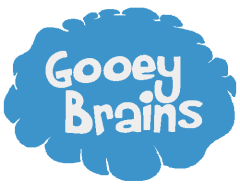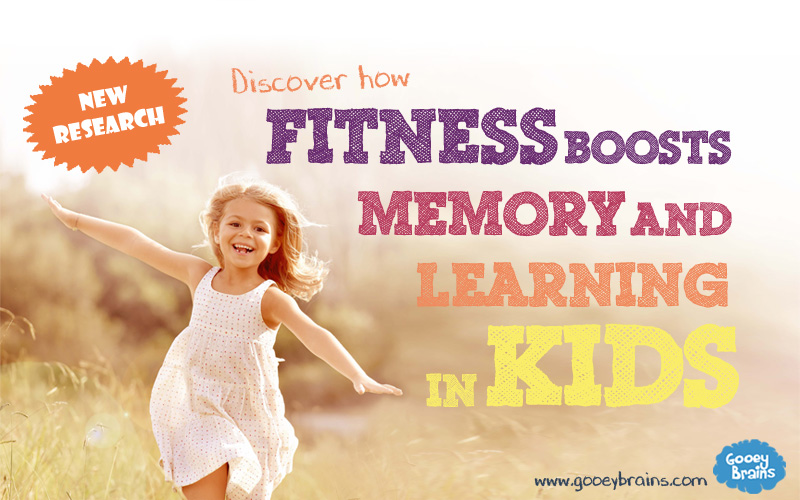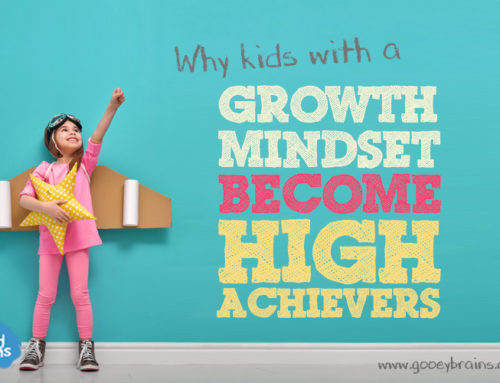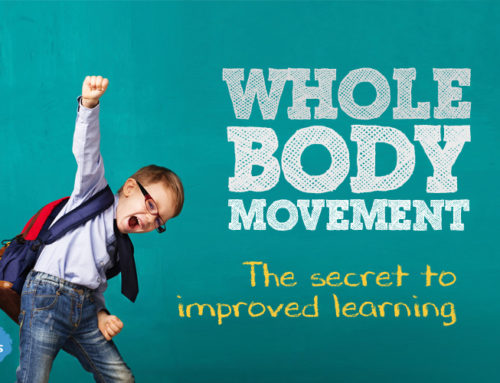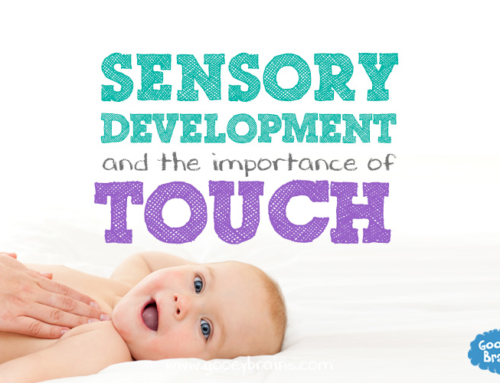New research conducted at the University of Illinois has shown that fitness helps kids to remember and learn.
Fitness isn’t just about bigger muscles, it also develops a childs’ brain! A brand new research study conducted at the University of Illinois has found a link between a child’s physical fitness and their memory and learning. Kids that were physically fit even had better developed brains!
The researchers used a technology called ‘magnetic resonance imaging (MRI)’ to view brain differences between kids brains based on their level of physical fitness. The children who participated in the research were nine and ten year olds. The researchers looked at a brain area called the hippocampus, which is known to be an important brain area for learning and thinking.
So why is the hippocampus so important? The hippocampus may only be a small area of the brain, but keeping it healthy is important. You will find the hippocampus in the brains temporal lobe. It is also an important part of the brains limbic (emotional) system. It does lots of important stuff like making long term memories, and spatial navigation. Your brain uses the hippocampus to help create, oraganise and store memories. It can even connect memories to one another and to emotions! We know that chronic stress can shrink the size of the hippocampus, so it’s great to see that physical fitness may be a way to increase its size.
The children had their level of fitness tested and were then grouped based on whether they were physically fit or not. Kid’s who were considered fit had a larger hippocampus than their less fit peers. The fit children also performed better when their relational memory was tested.
Relational memory is really important to learning. It refers to how we learn and remember the relationships between unrelated things. Here are some examples:
- remembering a name that goes with a face
- remembering where objects are located in relation to one another
- learning that green means go and red means stop
- learning what events happened on particular dates
- remembering that ‘x’ equaled ‘6’ in your algebra equation
These are some very simple examples, but it easy to see that this type of associative learning is a building block to classroom learning.
This research emphasises the importance of a child’s cardiovascular fitness to their learning, memory and brain development. It reminds us that being active is not always about mastering motor skills or competing. The simple act of staying active for fitness has huge benefits to our kids and can be achieved in so many different ways such as active play and organised sports.

Reference:
Laura Chaddock, Kirk I. Erickson, Ruchika Shaurya Prakash, Jennifer S. Kim, Michelle W. Voss, Matt VanPatter, Matthew B. Pontifex, Lauren B. Raine, Alex Konkel, Charles H. Hillman. A neuroimaging investigation of the association between aerobic fitness, hippocampal volume and memory performance in preadolescent children. Brain Research, 2010; DOI: 10.1016/j.brainres.2010.08.049
